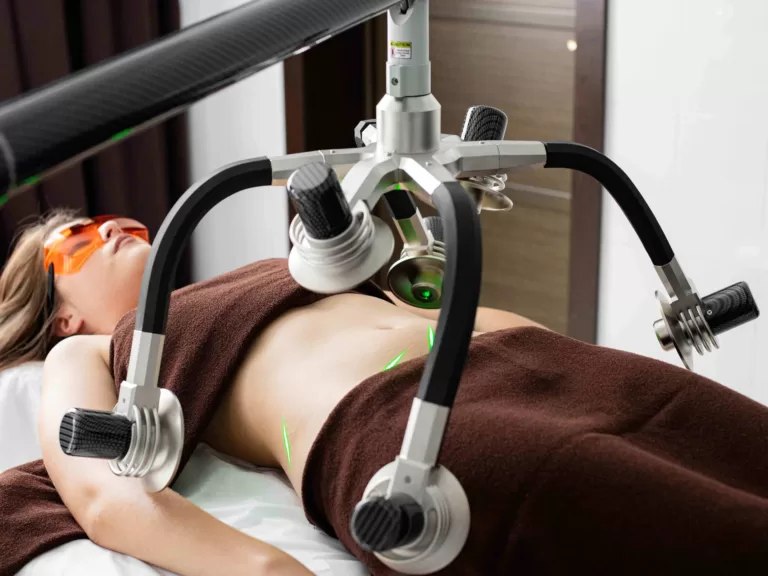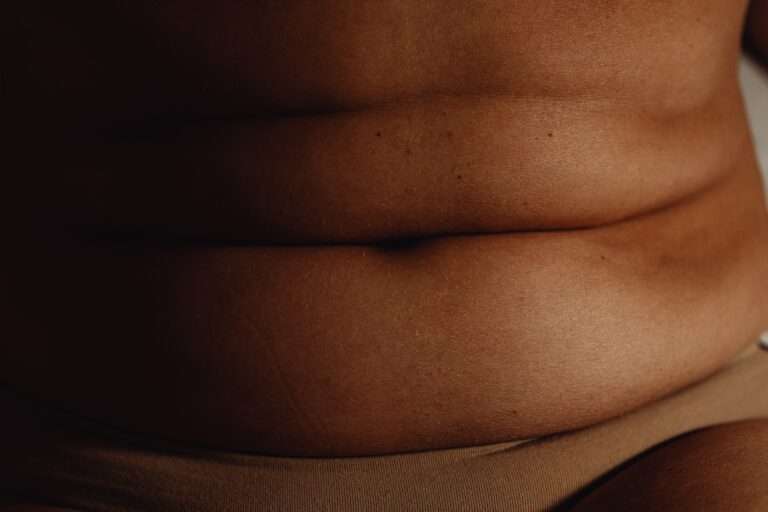How Invasive is a Tummy Tuck?
The desire to achieve a toned and contoured midsection is common among both men and women. When diet and exercise fail to provide the desired results, many individuals consider cosmetic procedures to address excess skin and fat in the abdominal area. One popular option is the tummy tuck, also known as abdominoplasty, which is a surgical procedure aimed at removing excess skin and fat, tightening the abdominal muscles, and creating a smoother and firmer abdominal profile. In this article, we will delve into the world of tummy tucks, exploring the procedure, recovery process, and the potential risks involved. It is essential to have a comprehensive understanding of how invasive is a tummy tuck.
Understanding the Tummy Tuck Procedure
A tummy tuck is a surgical procedure that involves the removal of excess skin and fat from the abdominal region to achieve a more toned and streamlined appearance. It is often sought after by individuals who have experienced significant weight loss or women who have gone through multiple pregnancies and are left with stretched abdominal muscles and sagging skin.
The typical steps involved in a tummy tuck procedure are as follows:
- Anesthesia: The surgeon administers anesthesia to ensure the patient’s comfort during the procedure. Usually, general anesthesia is used, which means the patient will be unconscious throughout the surgery.
- Incision: The surgeon makes an incision along the lower abdomen, typically from one hip bone to the other. The length and shape of the incision may vary depending on the extent of correction needed.
- Skin and fat removal: After making the incision, the surgeon carefully separates the skin from the underlying tissue. Excess skin and fat are removed, and the abdominal muscles may be tightened if necessary.
- Repositioning of the navel: In some cases, the navel (belly button) may need to be repositioned to achieve a natural-looking result.
- Closing the incision: Once the desired corrections are made, the surgeon sutures the incision, and surgical dressings are applied.
How Invasive is a Tummy Tuck?
A tummy tuck is considered a moderately invasive surgical procedure. During the surgery, an incision is made along the lower abdomen, and excess skin and fat are removed. Additionally, the abdominal muscles may be tightened to achieve the desired contour. While the surgery is performed under general anesthesia for the patient’s comfort, it still involves making incisions and manipulating tissues, which qualifies it as invasive. Despite its invasiveness, many individuals opt for a tummy tuck to address issues like excess skin and weakened abdominal muscles, as it offers transformative results that can lead to increased self-confidence and improved body image.
Recovery Process after a Tummy Tuck
Recovery from a tummy tuck is a crucial phase that requires patience and adherence to the surgeon’s instructions. Understanding what to expect during the recovery process can help individuals prepare both mentally and physically for this transformative journey.
- Immediate postoperative period: After the surgery, patients are taken to a recovery area where they are closely monitored by medical staff. Pain medication is prescribed to manage any discomfort, and the patient may be required to wear a compression garment to minimize swelling and support the healing tissues.
- Hospital stay and follow-up visits: The length of the hospital stay varies based on the individual’s health and the extent of the procedure. It is essential to attend all follow-up visits with the surgeon to monitor progress and address any concerns.
- Managing pain and discomfort: The initial days after a tummy tuck can be uncomfortable. It is crucial to follow the prescribed pain management plan, avoid strenuous activities, and get plenty of rest.
- Resuming daily activities: Most patients can return to light, non-strenuous activities within a few weeks, but more strenuous activities and exercise may need to be postponed for a more extended period.
- Scar care: Tummy tuck scars are inevitable, but they can be minimized with proper scar care techniques recommended by the surgeon. Over time, scars typically fade and become less noticeable.
Potential Risks and Complications
While tummy tucks are generally considered safe, like any surgical procedure, they come with potential risks and complications. It is crucial for individuals considering this surgery to be aware of these risks and have an open discussion with their surgeon.
- Infection: Any surgery carries a risk of infection. To minimize this risk, patients are prescribed antibiotics and instructed on proper wound care.
- Blood clots: Blood clots can form in the legs after surgery due to reduced mobility. Surgeons often recommend early ambulation and compression stockings to prevent this complication.
- Poor wound healing: Some individuals may experience delayed wound healing or wound separation. Proper wound care and avoiding smoking can help reduce this risk.
- Scarring: Tummy tucks result in permanent scars. While surgeons strive to place incisions strategically to minimize visibility, the extent of scarring varies from person to person.
- Sensation changes: Numbness or changes in skin sensation around the surgical area are common after a tummy tuck but often resolve over time.
- Seroma and hematoma: Fluid accumulation (seroma) or blood pooling (hematoma) can occur after surgery. These may need to be drained by a medical professional.
Conclusion
A tummy tuck is a surgical procedure designed to sculpt the abdomen and create a more contoured and aesthetically pleasing appearance. While the surgery is invasive, it can offer life-changing results to those struggling with excess abdominal skin and weakened muscles.
It is essential for individuals considering a tummy tuck to have a thorough consultation with a qualified and experienced plastic surgeon. By understanding the procedure, recovery process, and potential risks involved, patients can make informed decisions about their cosmetic goals and overall well-being. This will help them come back to normal activities such as sports and driving.
Remember that the invasiveness of a tummy tuck can be offset by its transformative benefits, which can lead to improved self-confidence and a positive impact on various aspects of one’s life. Always prioritize safety and make sure to follow all post-operative care instructions to ensure a smooth and successful recovery.







